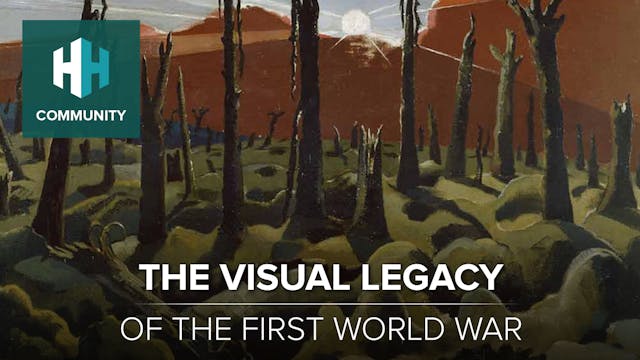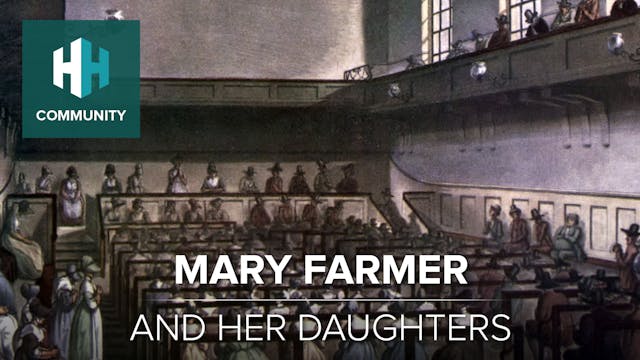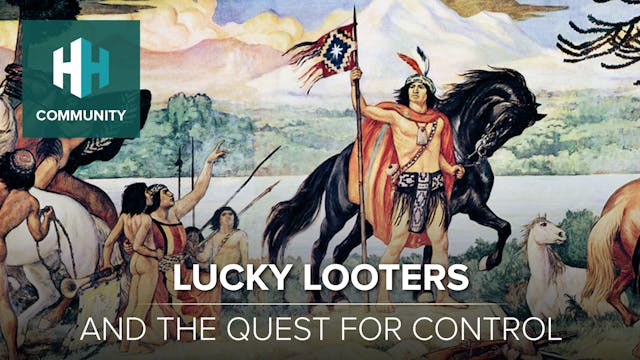In the early 1960s, British Railways had a serious image problem: cars were making the railway look increasingly old fashioned and out of date and the general public (along with many politicians) thought that railways were grubby, unfashionable, slow and expensive. The railway needed a radical image change – this was captured as the Modernisation Plan, enacted in 1965, which sharpened the image of the railways to British Rail, with a sharp new logo, striking colours, brand new trains, and an emphasis on speed and efficiency. Our Historian Lewis Smith takes you through the history of the post-Beeching Railway and British Rail’s attempts to update their image. Through Wilson’s ‘White Heat’ of technology to Thatchers crusade of privatisation, advertising created the impression that the railways were ‘open to everyone’, but in reality reflected stagnant views about the nature of women and business. These advertisements frame how the image of clumsy modernisation in our railways today.
Up Next in Season 1
-
The Visual Legacy of the First World War
Louise Rodwell tells us about how the First World War was a watershed moment in British History, and talks about the huge cultural, social and political repercussions that were felt in its aftermath. This talk looks at war memorials and visual art pieces from directly after the First World War to...
-
The Essex Quaker's Wife: Mary Farmer
Julie Miller talks us through the life of Mary Farmer, a Quaker in the 18th century who did some incredible things, like being chased by Pirates!
-
Lucky Looters and the Quest for Control
The formation of the Spanish Empire in the Americas can be seen as a remarkable feat, as against seemingly impossible odds a handful of soldiers conquered empires of thousands and took control of much of modern day of Latin America for Spain. But how accurate are the stories? And after the dust s...



